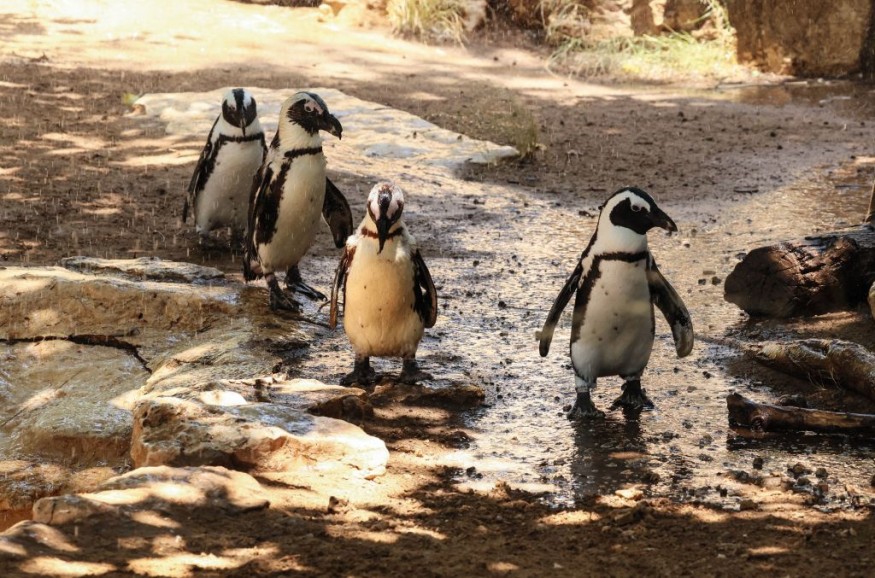
Experts said that black dots that are seen mostly on all-white fronts of African penguins could serve as a tool for them to recognize one another.
A recent study explained that birds are known to be highly social and visual animals. Yet no specific visual feature has been identified to be responsible for individual recognition in birds.
Ventral Dot Patterns
Researchers have utilized a differential looking paradigm across five experiments to demonstrate that African penguins, Spheniscus demersus, spontaneously discriminated between life-size photographs of their monogamous, lifelong partner and a nonpartner colonymate using their ventral dot patterns.
The study's findings challenged the assumption of limited visual involvement in penguin communication and suggested a rather complex and flexible recognition process in these birds.
The combination of the current results and previous findings, which showed cross-modal (visual/auditory) recognition in these animals, suggested that African penguins use their ventral dot patterns to individually recognize their colonymates.
''Our results provide the first evidence of a specific visual cue responsible for spontaneous individual recognition by a bird, and highlight the importance of considering all sensory modalities in the study of animal communication,'' the study said.
The ability to recognize others as specific individuals is considered to be a building block for the evolution of sociality and the maintenance of cooperation.
Individual recognition can be helpful for many complex social behaviors, such as understanding the relative position of a conspecific within a dominance hierarchy, allocating efficient parental care and discriminating neighbors from intruders in territorial defense.
Birds are highly visual and social animals. Yet only a handful of studies have attempted to investigate their visual recognition abilities, and of those, few can speak to visual individual recognition.
African penguins have salient ventral dot patterns on their lower bodies that provide ample opportunity for individual recognition as they meet all the requirements for a potential individual identifier.
This distinctive pattern of dots is present within the ventral feathers of each penguin and this often appears at the age of three to five months and does not change throughout their lives.
The pattern does not seem to be reliant on the individual animal's living conditions (e.g. amount of food, temperature during development) and is unique to each individual penguin.
These patterns have been exploited to develop an artificial intelligence system to identify penguins from images or video sequences, and are often used by zookeepers to recognize individual penguins.
The penguins' vision is adapted for water and air; hence, researchers have hypothesized that African penguins may utilize their ventral dot patterns to recognize each other.
Penguins and their Preferences
Penguins clearly preferred their partner over a non-partner when the entire body was visible, preferred their partner with dots to without dots, showed no preference when the ventral dot pattern was removed, and lacked a preference when only the head was visible.
Although penguins showed a preference when they could only see others' lower bodies, this preference was less strong than when the entire body could be seen.
Together, these observations suggest that African penguins may rely on a more holistic visual representation of their partner, which includes both the ventral dot patterns and their partner's facial features.
Notably, these abilities are not dependent on the ability of a pair to produce offspring together.
© 2025 NatureWorldNews.com All rights reserved. Do not reproduce without permission.





